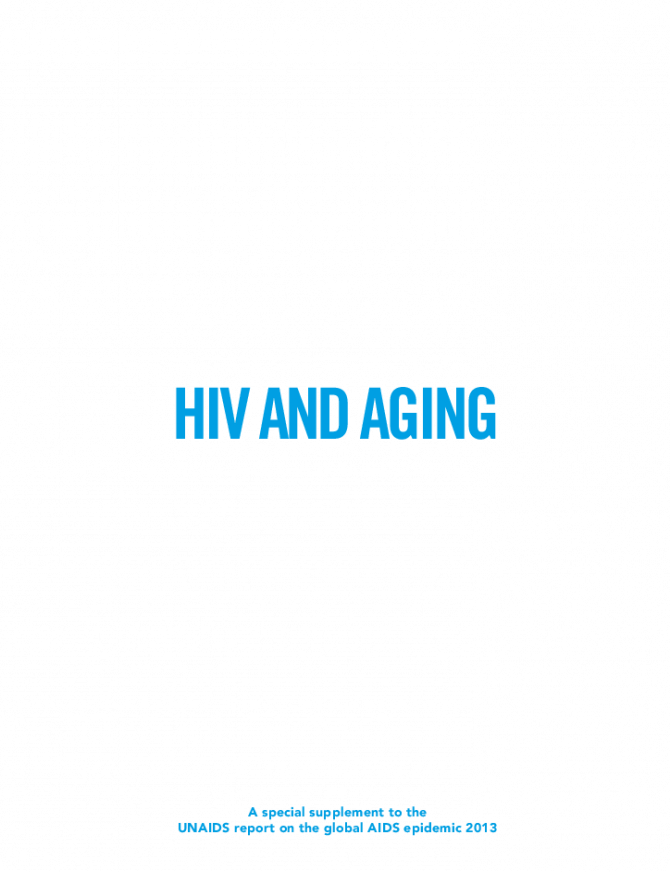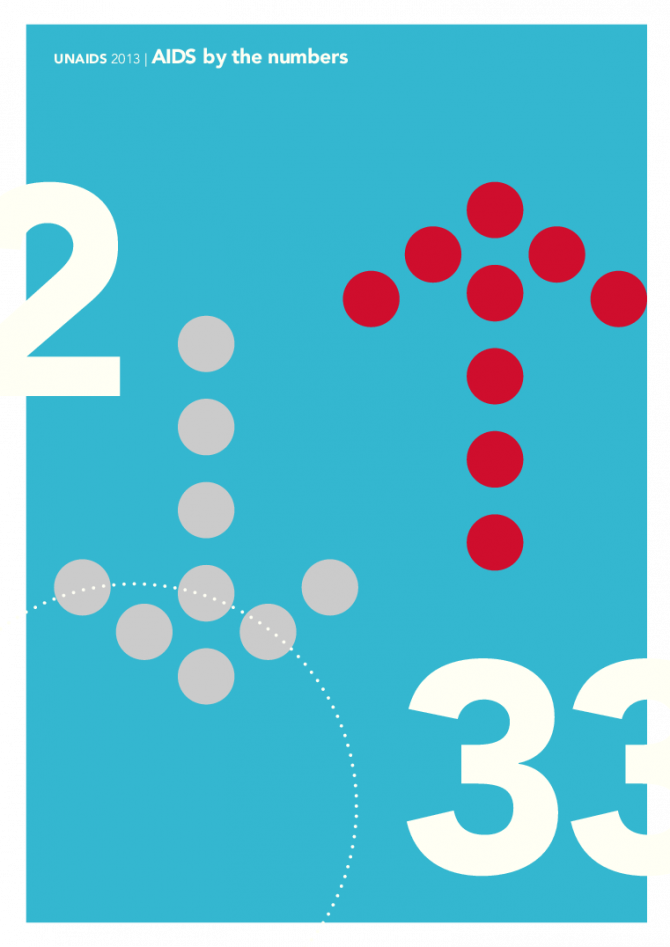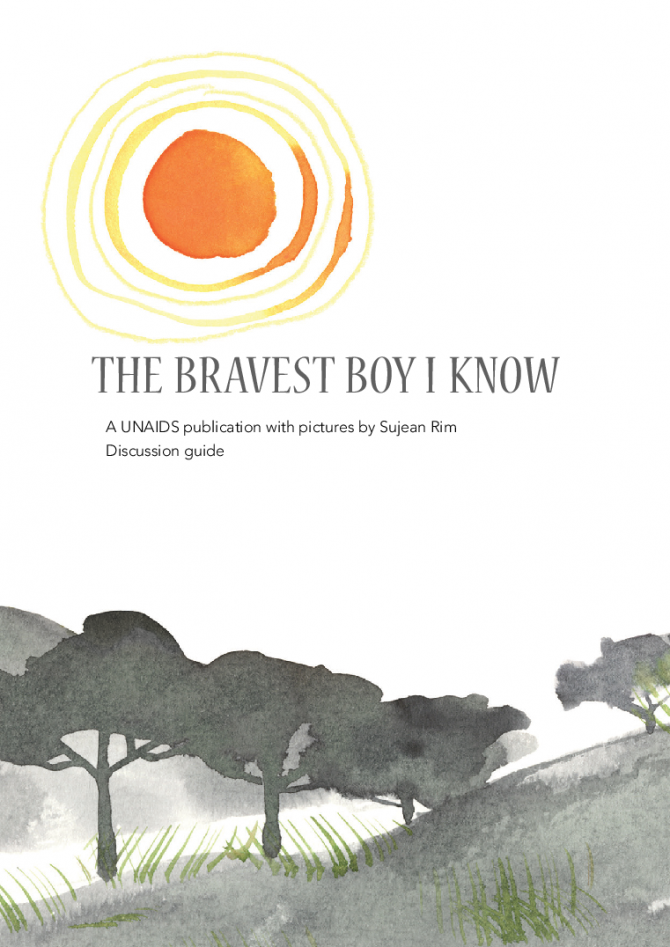Documents
HIV and Aging
01 November 2013
The supplement reveals that out of the global total of 35.3 million [32.2 million – 38.8 million] people living with HIV, an estimated 3.6 million [3.2 million–3.9 million] are people aged 50 years or older. The majority––2.9 million [2.6 million–3.1 million]—are in low-and middle-income countries where the percentage of adults living with HIV who are 50 years or older is now above 10%. The supplement also reveals that in high-income countries almost one-third of adults living with HIV are 50 years or older.
Documents
AIDS by the numbers
20 November 2013
Latest estimates from the Joint United Nations Programme on HIV/AIDS (UNAIDS) show that the world continues to close in on the goal of ending the AIDS epidemic by stopping HIV transmission and halting AIDS-related deaths. Remarkable progress has been made over the last decade—yet significant challenges remain.
Documents
Discussion guide for The Bravest Boy I Know
12 July 2016
The book The Bravest Boy I Know can be used to help people understand HIV among children and especially to understand that children bounce back and do well when on treatment. HIV-positive children can go to school, play and live like any other children. They, and their families, need care and support, not stigma and discrimination. For parents, caregivers, teachers and health-care providers: if a child has acquired HIV, you can take comfort in knowing that there is hope. Treatment is now available and it means that children can survive and thrive. There are many adults alive today who became infected with HIV at birth and have grown into adulthood. People living with HIV can enjoy a better quality of life because of new HIV medicines, better care and more support.



